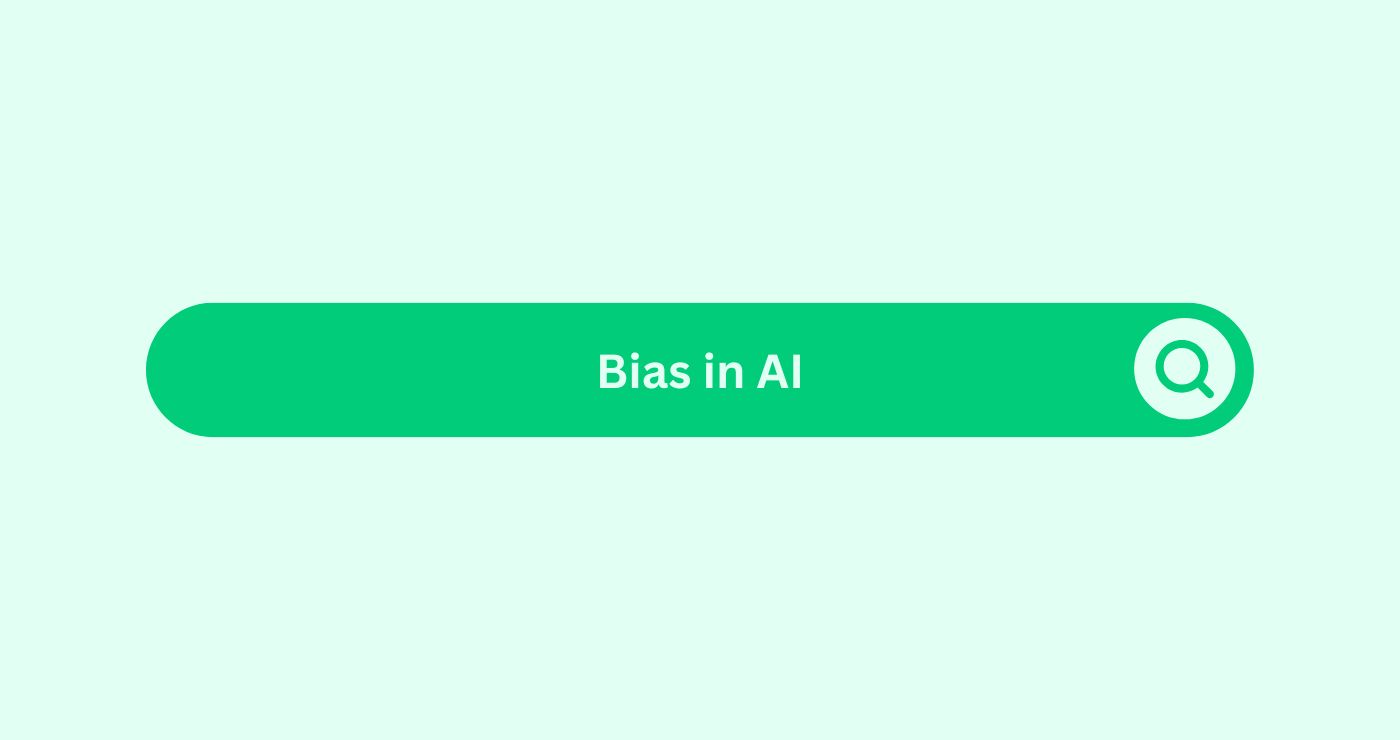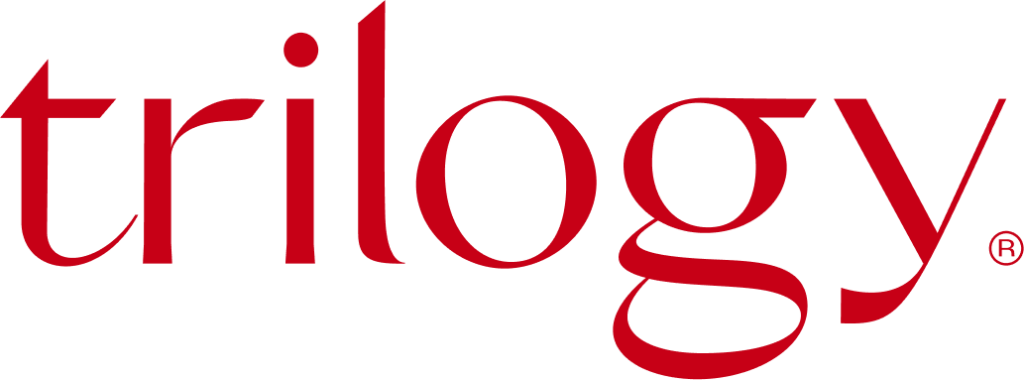Definition
Bias in AI in AI terms in content marketingDefinition Content marketing strategically creates and share... refers to systematic deviations in machine learning outputs due to skewed training data, flawed algorithms, or unequal representation. When marketing automationDefinition AI-driven marketing automation jumps in to take o... tools—like content recommendation engines, ad targeting platforms, or SEO tools—are trained on biased data, they may unfairly prioritise or exclude certain user groups. This distorts campaignDefinition An SEO campaign involves focused, Organised effor... outcomes, leads to reduced engagementDefinition Engagement in content marketing refers to the deg..., and potentially violates ethical marketing standards.
For instance, if a digital marketing agency Auckland relies on an AI tool trained mostly on data from male users, it might underrepresent female-targeted content, despite having a diverse audienceDefinition The term "Audience" refers to the group of indivi.... This creates inefficiencies in content planning, ad performance, and user engagementDefinition Engagement in content marketing refers to the deg.... Performance marketing agencies must regularly audit their datasets and algorithms to ensure fair representation and accurate targeting.
Example
An SEO company in Auckland ran a content campaignDefinition An SEO campaign involves focused, Organised effor... using an AI-driven keyword tool. The tool suggested phrases like “best tech jobs for men,” consistently ignoring female-centric variants. This occurred because the AI model had trained on historical data containing gender bias. Consequently, the SEO strategy favoured content that didn’t resonate with the broader audienceDefinition The term "Audience" refers to the group of indivi....
By identifying this bias, the SEO company retrained the model using balanced data from diverse demographic sources. Post-correction, engagementDefinition Engagement in content marketing refers to the deg... metricsWhat are Metrics in the context of SEO? Metrics in SEO refer... improved by 38%, and bounce rates dropped by 22%. This example illustrates how Bias in AI directly influences SEO rankings, user behaviourDefinition What is User Behaviour in Social Media Marketing?..., and brand trust.
Formulas with Examples
To measure Bias in AI within content marketingDefinition Content marketing strategically creates and share... tools, use the following simplified calculation:
| Formula | Description | Example Calculation |
|---|---|---|
| **Bias Score = | P1 – P2 | ** |
| Skew Index = (Max – Min) / Max | Measures range of imbalance | (0.70 – 0.30)/0.70 = 0.57 |
| Fairness Ratio = Min Group % / Max Group % | Closer to 1 = better fairness | 0.30 / 0.70 = 0.43 |
Example:
In a content targeting tool, if male engagementDefinition Engagement in content marketing refers to the deg... is 65% and female is 35%, the bias score is 0.30, signalling significant disparity. A fairness ratio of 0.43 confirms the need for content recalibration by Auckland SEO experts or a performance marketing agency.
Key Takeaways
- Bias in AI skews campaignDefinition An SEO campaign involves focused, Organised effor... effectiveness by excluding or over-representing demographicsDefinition Email demographics provide statistical data on su....
- Fair content strategies demand regular data audits and diverse training inputs.
- SEO tools embedded with biased models may hurt rankings and brand trust.
- Auckland digital marketing agencies must localise AI training to reflect real audiences.
- Quantitative bias measures help identify and correct imbalances in content campaigns.
FAQs
What causes Bias in AI in content marketing tools?
Bias stems from unbalanced training data, flawed algorithms, or assumptions made during model development.
How can SEO companies detect AI bias in content?
By auditing output patterns, running fairness ratios, and comparing engagementDefinition Engagement in content marketing refers to the deg... across diverse groups.
Can Bias in AI affect paid campaigns?
Yes. AI-driven ad placements may favour certain demographicsDefinition Email demographics provide statistical data on su..., leading to budgetDefinition SEO budget is the money allocated for marketing a... waste and reduced ROI.
How do performance marketing agencies fix AI bias?
They retrain models with balanced data, introduce fairness constraints, and test outcomes across audienceDefinition The term "Audience" refers to the group of indivi... segments.
Is Bias in AI avoidable completely?
Not fully, but it can be significantly reduced through proper dataset preparation, algorithmDefinition The SEO algorithm includes rules and calculations... transparency, and inclusive design.




